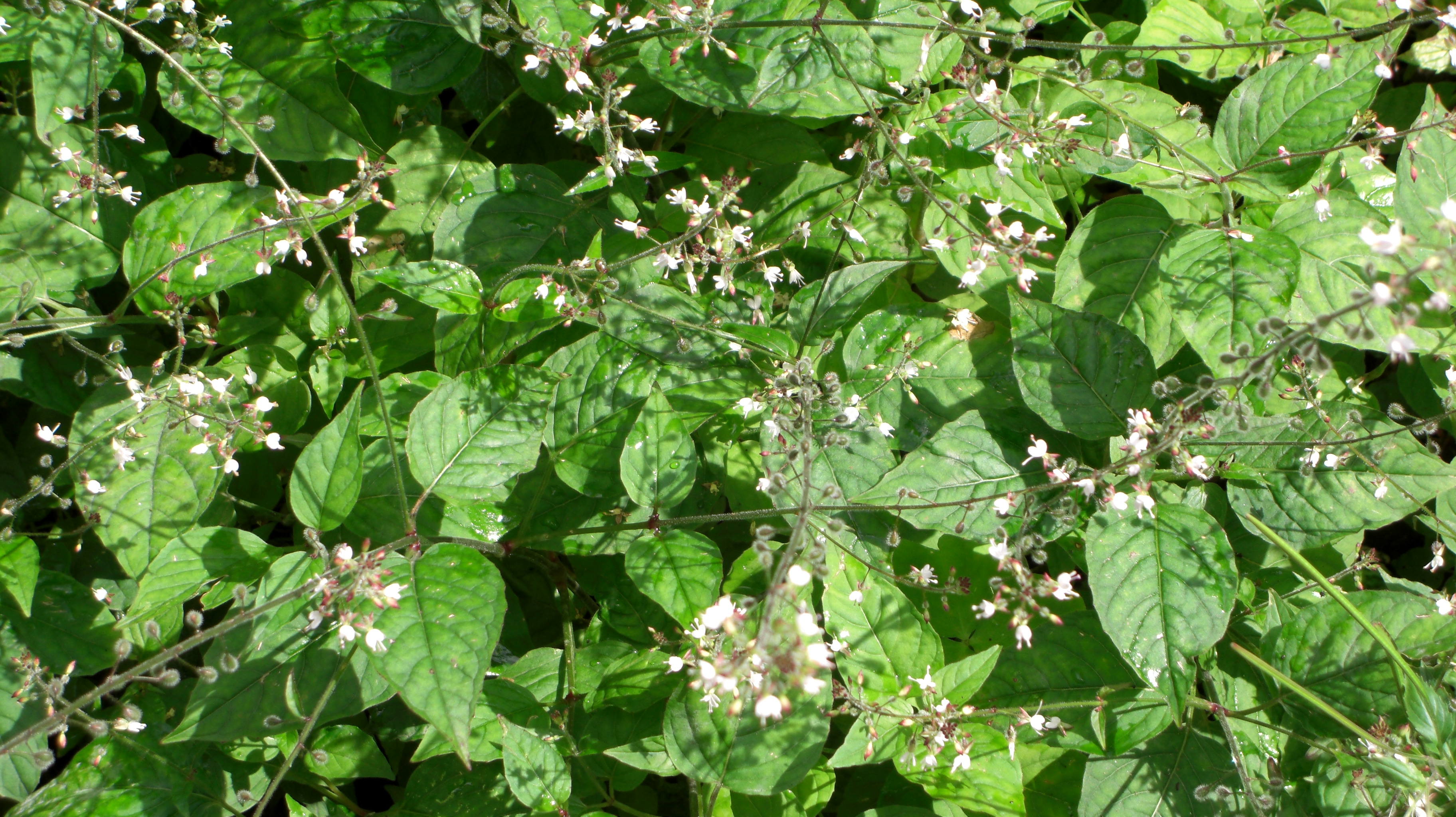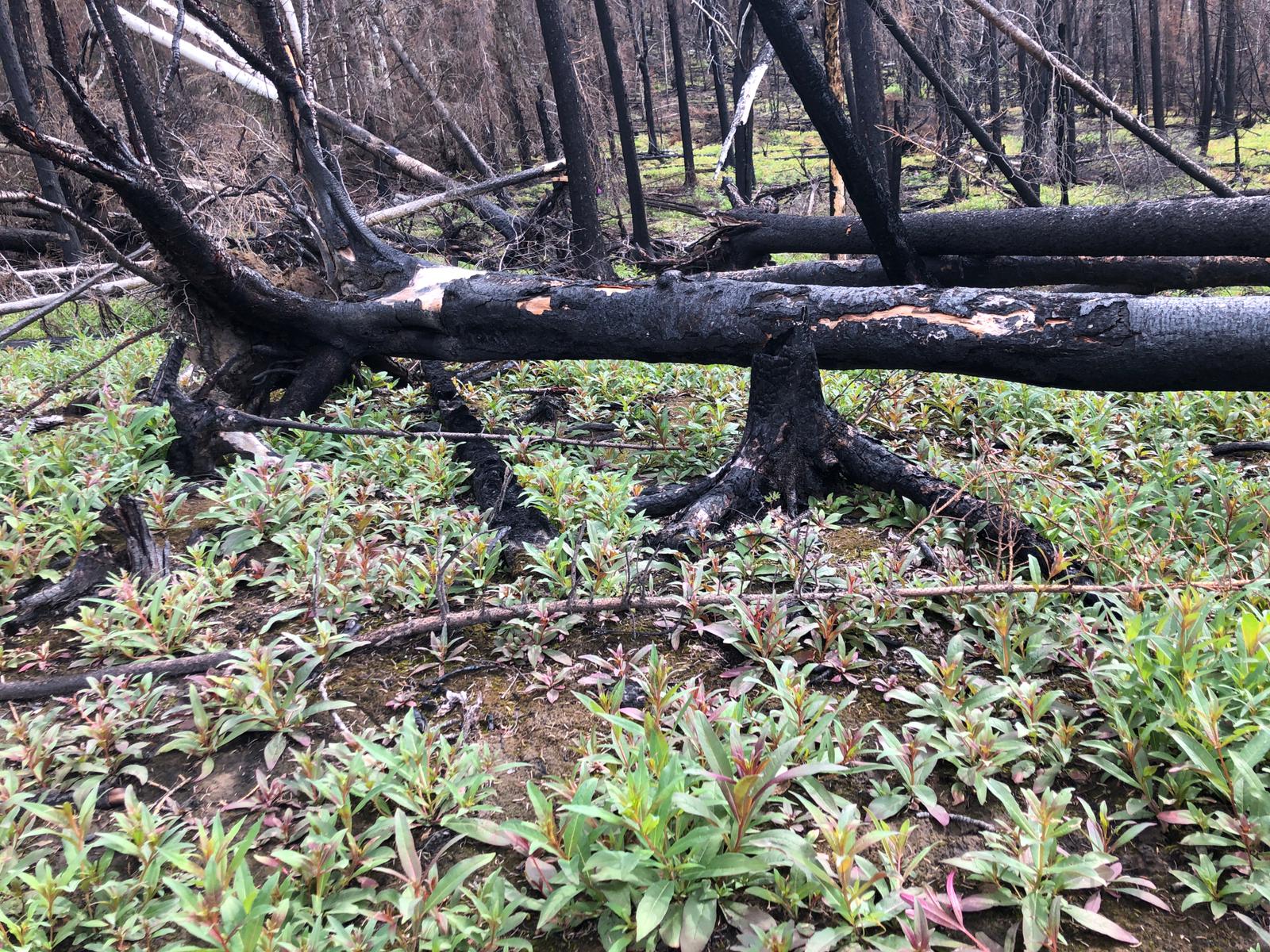|
Onagraceae
The Onagraceae are a family of flowering plants known as the willowherb family or evening primrose family. They include about 650 species of herbs, shrubs, and treesOnagraceae. Flora of China. in 17 genera. The family is widespread, occurring on every continent from boreal to regions. The family includes a number of popular plants, including evening primroses ('''') and [...More Info...] [...Related Items...] OR: [Wikipedia] [Google] [Baidu] |
Epilobium
''Epilobium'' is a genus of flowering plants in the family Onagraceae, containing about 197 species. The genus has a worldwide distribution. It is most prevalent in the subarctic, temperate and subantarctic regions, whereas in the subtropics and tropics ''Epilobium'' species are restricted to the cool montane biomes, such as the New Guinea Highlands. The taxonomy of the genus has varied between different botanists, but the modern trend is to include the previously recognised genera ''Boisduvalia, Pyrogennema'' and ''Zauschneria'' within ''Epilobium''. ''Chamaenerion'', (previously ''Chamerion''), is considered distinct, however,Wagner & Hoch 009a,b/ref> according to Peter H. Raven, who has extensively studied the willowherbs and merges the other segregate genera into ''Epilobium''. Fringed willowherb (''Epilobium ciliatum'') is likely a cryptic species complex; apparently these plants also commonly hybridize with their congeners. Most species are known by the common name willow ... [...More Info...] [...Related Items...] OR: [Wikipedia] [Google] [Baidu] |
Oenothera
''Oenothera'' is a genus of about 145 species of herbaceous flowering plants native to the Americas. It is the type genus of the family Onagraceae. Common names include evening primrose, suncups, and sundrops. They are not closely related to the true primroses (genus ''Primula''). Description The species vary in size from small alpine plants 10 centimeters tall, such as ''O. acaulis'' from Chile, to vigorous lowland species growing to 3 meters, such as ''O. stubbei'' from Mexico. The leaves form a basal rosette at ground level and spiral up to the flowering stems. The blades are dentate or deeply lobed (pinnatifid). The flowers of many species open in the evening, hence the name "evening primrose". They may open in under a minute. Most species have yellow flowers, but some have white, purple, pink, or red. Most native desert species are white. ''Oenothera caespitosa'', a species of western North America, produces white flowers that turn pink with age. One of the most distincti ... [...More Info...] [...Related Items...] OR: [Wikipedia] [Google] [Baidu] |
Fuchsia
''Fuchsia'' () is a genus of flowering plants that consists mostly of shrubs or small trees. The first to be scientifically described, '' Fuchsia triphylla'', was discovered on the Caribbean island of Hispaniola (Haiti and the Dominican Republic) about 1696–1697 by the French Minim monk and botanist, Charles Plumier, during his third expedition to the Greater Antilles. He named the new genus after German botanist Leonhart Fuchs (1501–1566). Taxonomy The fuchsias are most closely related to the northern hemisphere genus '' Circaea'', the two lineages having diverged around 41 million years ago. Description Almost 110 species of ''Fuchsia'' are recognized; the vast majority are native to South America, but a few occur north through Central America to Mexico, and also several from New Zealand to Tahiti. One species, '' F. magellanica'', extends as far as the southern tip of South America, occurring on Tierra del Fuego in the cool temperate zone, but the majority are tro ... [...More Info...] [...Related Items...] OR: [Wikipedia] [Google] [Baidu] |
Fuchsia
''Fuchsia'' () is a genus of flowering plants that consists mostly of shrubs or small trees. The first to be scientifically described, '' Fuchsia triphylla'', was discovered on the Caribbean island of Hispaniola (Haiti and the Dominican Republic) about 1696–1697 by the French Minim monk and botanist, Charles Plumier, during his third expedition to the Greater Antilles. He named the new genus after German botanist Leonhart Fuchs (1501–1566). Taxonomy The fuchsias are most closely related to the northern hemisphere genus '' Circaea'', the two lineages having diverged around 41 million years ago. Description Almost 110 species of ''Fuchsia'' are recognized; the vast majority are native to South America, but a few occur north through Central America to Mexico, and also several from New Zealand to Tahiti. One species, '' F. magellanica'', extends as far as the southern tip of South America, occurring on Tierra del Fuego in the cool temperate zone, but the majority are tro ... [...More Info...] [...Related Items...] OR: [Wikipedia] [Google] [Baidu] |
Circaea
The ''Circaea'', or enchanter's nightshades, are a genus of flowering plants in the evening primrose family Onagraceae. About two dozen taxa have been described, including eight species. Plants of the genus occur throughout the temperate and boreal forests of the Northern Hemisphere. Three taxa occur in North America: '' Circaea alpina'', '' Circaea canadensis'', and the hybrid ''Circaea'' × ''sterilis''. The generic name ''Circaea'' refers to the enchantress Circe from Greek mythology who is said to have used the herb as a charm. Description Members of genus ''Circaea'' are perennial, herbaceous plants with erect stems, which may or may not be branched. The stem leaves are opposite and petiolate, with toothed edges (i.e., with dentate leaf margins). The inflorescence is a terminal, erect raceme, with additional racemes at the apices of stem branches (if any). Flowers are dimerous with 2 sepals, 2 petals, and 2 stamens. The sepals, petals, and stamens alt ... [...More Info...] [...Related Items...] OR: [Wikipedia] [Google] [Baidu] |
Ludwigioideae
''Ludwigia'' (primrose-willow, water-purslane, or water-primrose) is a genus of about 82 species of aquatic plants native to Central and South America with a cosmopolitan but mainly tropical distribution. At current, there is much debate among botanists and plant taxonomists as to the classification of many ''Ludwigia'' species. Botanists from the US Department of Agriculture are currently doing genetic analyses on plants from the Western US and South America to better classify members of this genus. The genus was named by Carl Linnaeus after Christian Gottlieb Ludwig (1709-1773), a German botanist, who was apparently not amused by this honour. Fossil record A large number of fossil seeds of †''Ludwigia collinsoniae'' and †''Ludwigia corneri'' have been described from middle Miocene strata of the Fasterholt area near Silkeborg in Central Jutland, Denmark. Selected species Listed from the NCBI The National Center for Biotechnology Information (NCBI) is part of the Un ... [...More Info...] [...Related Items...] OR: [Wikipedia] [Google] [Baidu] |
Ludwigia (plant)
''Ludwigia'' (primrose-willow, water-purslane, or water-primrose) is a genus of about 82 species of aquatic plants native to Central and South America with a cosmopolitan but mainly tropical distribution. At current, there is much debate among botanists and plant taxonomists as to the classification of many ''Ludwigia'' species. Botanists from the US Department of Agriculture are currently doing genetic analyses on plants from the Western US and South America to better classify members of this genus. The genus was named by Carl Linnaeus after Christian Gottlieb Ludwig (1709-1773), a German botanist, who was apparently not amused by this honour. Fossil record A large number of fossil seeds of †''Ludwigia collinsoniae'' and †''Ludwigia corneri'' have been described from middle Miocene strata of the Fasterholt area near Silkeborg in Central Jutland, Denmark. Selected species Listed from the NCBI The National Center for Biotechnology Information (NCBI) is part of the Un ... [...More Info...] [...Related Items...] OR: [Wikipedia] [Google] [Baidu] |
Chamaenerion Angustifolium
''Chamaenerion angustifolium'' is a perennial herbaceous flowering plant in the willowherb family Onagraceae. It is known in North America as fireweed, in some parts of Canada as great willowherb, in Britain and Ireland as rosebay willowherb. In the United Kingdom it is also known as bombweed, as a result of its rapid appearance on city bomb sites during the Blitz of World War II; the plant is also traditionally known as Saint Anthony's laurel. It is also known by the synonyms ''Chamerion angustifolium'' and ''Epilobium angustifolium''. It is native throughout the temperate Northern Hemisphere, including large parts of the boreal forests. Description The reddish stems of this herbaceous perennial are usually simple, erect, smooth, high with scattered alternate leaves. The leaves are spirally arranged, entire, narrowly lanceolate, and pinnately veined, the secondary leaf veins anastomosing, joining together to form a continuous marginal vein just inside the leaf margins. ... [...More Info...] [...Related Items...] OR: [Wikipedia] [Google] [Baidu] |
Chamaenerion Latifolium
''Chamaenerion latifolium'' (formerly ''Epilobium latifolium'', also called ''Chamerion latifolium'') is a species of flowering plant in the evening primrose family known by the English common names dwarf fireweed and river beauty willowherb. It has a circumboreal distribution, appearing throughout the northern regions of the Northern Hemisphere, including subarctic and Arctic areas such as snowmelt-flooded gravel bars and talus, in a wide range of elevations.Flora of the Canadian Arctic Archipelago This is a perennial herb growing in clumps of leaves variable in size, shape, and texture above a woody . The leaves are 1 to 10 centimeters long, lance-shaped to oval, pointed or rounded ... [...More Info...] [...Related Items...] OR: [Wikipedia] [Google] [Baidu] |
Flowering Plant
Flowering plants are plants that bear flowers and fruits, and form the clade Angiospermae (), commonly called angiosperms. The term "angiosperm" is derived from the Greek words ('container, vessel') and ('seed'), and refers to those plants that produce their seeds enclosed within a fruit. They are by far the most diverse group of land plants with 64 orders, 416 families, approximately 13,000 known genera and 300,000 known species. Angiosperms were formerly called Magnoliophyta (). Like gymnosperms, angiosperms are seed-producing plants. They are distinguished from gymnosperms by characteristics including flowers, endosperm within their seeds, and the production of fruits that contain the seeds. The ancestors of flowering plants diverged from the common ancestor of all living gymnosperms before the end of the Carboniferous, over 300 million years ago. The closest fossil relatives of flowering plants are uncertain and contentious. The earliest angiosperm fossils ar ... [...More Info...] [...Related Items...] OR: [Wikipedia] [Google] [Baidu] |
Petal
Petals are modified Leaf, leaves that surround the reproductive parts of flowers. They are often advertising coloration, brightly colored or unusually shaped to attract pollinators. All of the petals of a flower are collectively known as the ''corolla''. Petals are usually accompanied by another set of modified leaves called sepals, that collectively form the ''calyx'' and lie just beneath the corolla. The calyx and the corolla together make up the perianth, the non-reproductive portion of a flower. When the petals and sepals of a flower are difficult to distinguish, they are collectively called tepals. Examples of plants in which the term ''tepal'' is appropriate include Genus, genera such as ''Aloe'' and ''Tulipa''. Conversely, genera such as ''Rose, Rosa'' and ''Phaseolus'' have well-distinguished sepals and petals. When the undifferentiated tepals resemble petals, they are referred to as "petaloid", as in petaloid monocots, orders of monocots with brightly colored tepals. Sinc ... [...More Info...] [...Related Items...] OR: [Wikipedia] [Google] [Baidu] |
Seed Dispersal
In Spermatophyte plants, seed dispersal is the movement, spread or transport of seeds away from the parent plant. Plants have limited mobility and rely upon a variety of dispersal vectors to transport their seeds, including both abiotic vectors, such as the wind, and living ( biotic) vectors such as birds. Seeds can be dispersed away from the parent plant individually or collectively, as well as dispersed in both space and time. The patterns of seed dispersal are determined in large part by the dispersal mechanism and this has important implications for the demographic and genetic structure of plant populations, as well as migration patterns and species interactions. There are five main modes of seed dispersal: gravity, wind, ballistic, water, and by animals. Some plants are serotinous and only disperse their seeds in response to an environmental stimulus. These modes are typically inferred based on adaptations, such as wings or fleshy fruit. However, this simplified view may ignor ... [...More Info...] [...Related Items...] OR: [Wikipedia] [Google] [Baidu] |







